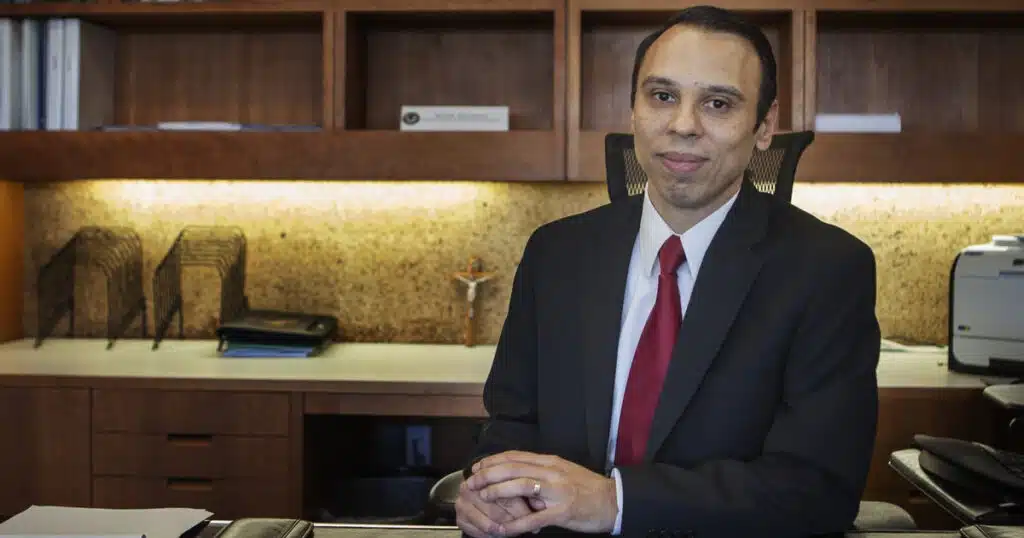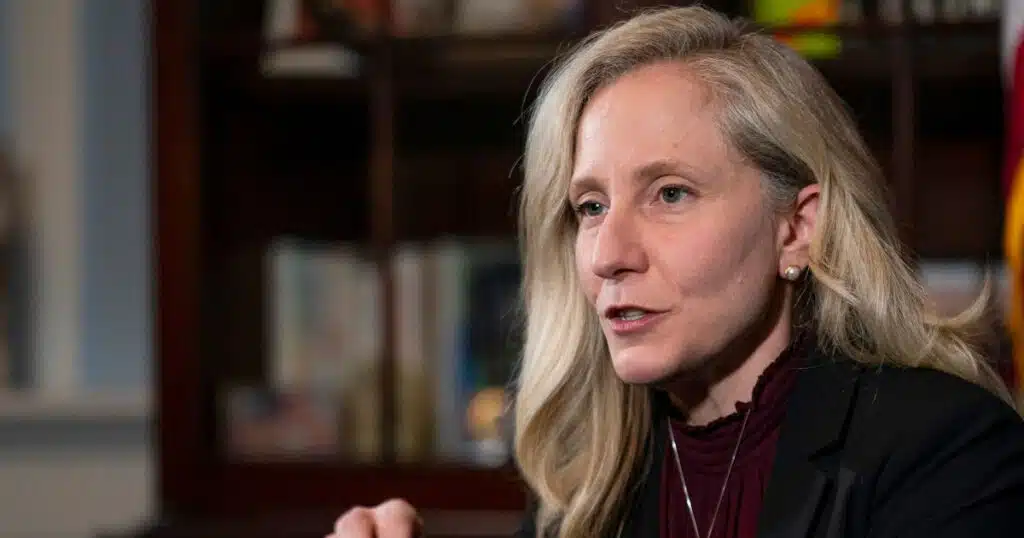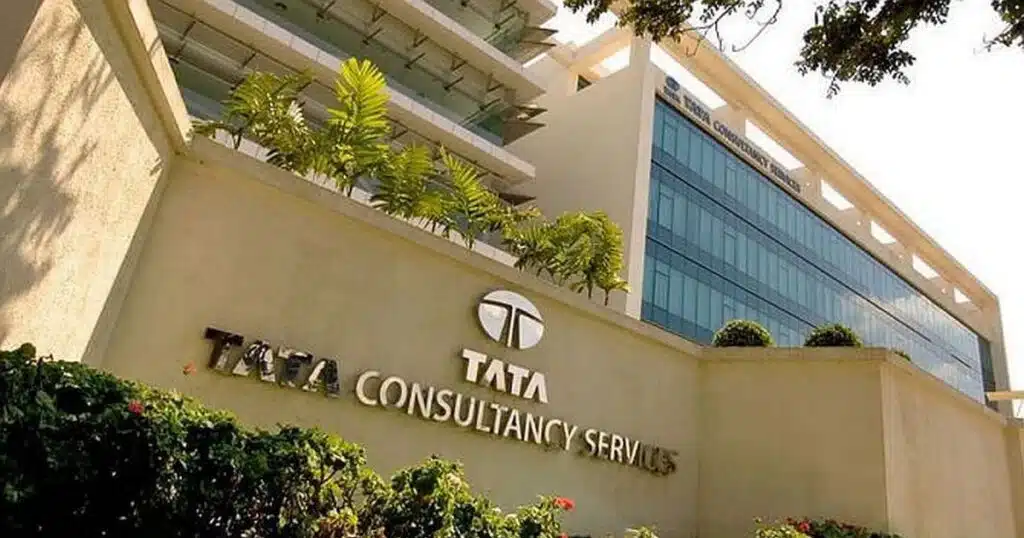
KARMA: By Firing This Conservative, Biden Set a Precedent That Lets Trump Clean House
Roger Severino sued then-President Joe Biden in 2021 for dismissing him before the end of his term on an independent agency called the Administrative Conference of the United States.
The U.S. Court of Appeals for the D.C. Circuit’s decision against Severino laid the groundwork for the court’s decision on Friday that President Donald Trump can fire holdover Biden appointees at “independent agencies.”
The appeals court paused a U.S. District Court’s orders restoring fired members of the National Labor Relations Board and Merit Systems Protection Board to their jobs.
The White House celebrated the ruling, with press secretary Karoline Leavitt saying Cabinet secretaries reserve the right to hire and fire at their agencies.
“As for agencies within the president’s executive authority, the president retains that right,” Leavitt told The Daily Signal. “And we’ve seen there have been bureaucrats at some of these agencies that have been trying to act independent. They need to remember who they work for. It’s the executive of the executive branch.”
Severino is pleased that the ground rules for executive firings are now clear for all presidents, even if it took his dismissal to accomplish.
“This decision is the latest domino to fall in restoring the sovereignty of the people over the bureaucrats,” he told The Daily Signal.
Trump appointed Severino to the Administrative Conference of the United States, an independent advisory board with three-year terms, on July 24, 2020. Severino resigned from his position as director of the Office of Civil Rights in the Department of Health and Human Services to serve on the council.
After Biden took office, he purged the executive branch of Trump appointees who might thwart his agenda and fired members of the Administrative Conference of the United States, including Severino. That marked the first time a president had fired members of the independent agency before the end of their terms since Congress created it in 1964.
Severino became the first person to sue the Biden administration, filing a lawsuit within 28 hours of his firing.
Severino’s motivation was to clarify the rules of firing so everyone could play by them.
“The Founders were right in separating powers and balancing them very carefully against each other,” Severino said, “yet the administrative state has grown into something that is unrecognizable to the Founders, and that includes this notion that there can be bureaucrats with tremendous executive power not accountable to the political branches that could act independently and don’t have to stand for election—which is a state of affairs that has gone on way too long, to the detriment of the American people.”
Mark Joseph Stern, a reporter for far-left media outlet Slate, predicted at the time that Severino’s intention was “to destroy the very foundation of agency independence, giving the president power to fire any member of any agency—even those that Congress tried to shield from his control—permitting a future president to stack the entire executive branch with his own lackeys.”
“That outcome would constitute a major blow to the modern administrative state,” Stern wrote on May 28, 2021. “And bizarrely, Biden’s Department of Justice may be walking straight into the trap that Severino set for it.”
If Stern’s hypothesis was correct, Severino’s goal of strengthening the unitary executive was realized in the appeals court’s ruling last week. The theory of the unitary executive holds that the president has sole authority over the executive branch.
“I’m smiling at the end result of all of this, because it’s good to finally have clarity about the ground rules, and turnabout is fair play,” he told The Daily Signal. “So, I was dismissed, and now we know that President Trump can do the exact same thing on a much greater scale.”
The appeals court cited Severino v. Biden to demonstrate that the president should be allowed at-will removal of members of the Merit Systems Protection Board.
In Severino v. Biden, the court held that the president’s unrestricted removal power did not extend to the Administrative Conference of the United States because the Conference “does not resolve or commence matters for the Executive Branch or determine anyone’s rights or obligations.”
But the D.C. Circuit ruled in Harris v Bessent that the Merit Systems Protection Board, from which the plaintiff was fired, does “‘resolve … matters for the Executive Branch’—sometimes several thousands of them in one day. So, even according to the understanding of presidential removal power asserted by DOJ in Severino, the removal protections for MSPB members are unconstitutional.”
Severino said last week’s ruling chips away at Humphrey’s Executor, the unanimous 1935 Supreme Court ruling that established that presidents cannot fire the appointed leaders of federal agencies without cause. The issue is on its way to the Supreme Court, according to Severino, who now serves as vice president for domestic policy at The Heritage Foundation.
“My sense is, it’s been eroded so badly on so many fronts that this decision is effectively acknowledging the reality that Humphrey’s Executor is due to be overturned,” he said.
The president needs the power to ensure members of the executive branch are aligned with his agenda, Severino explained.
“It’s really important to have appointees there in alignment with the president’s policies on those questions, especially now that [the Department of Government Efficiency] is restoring accountability to the federal workforce and having the right people, who respect the law on that, and that issue is crucial, because you don’t want to have Biden appointees there, undermining everything DOGE and President Trump are trying to accomplish.”



